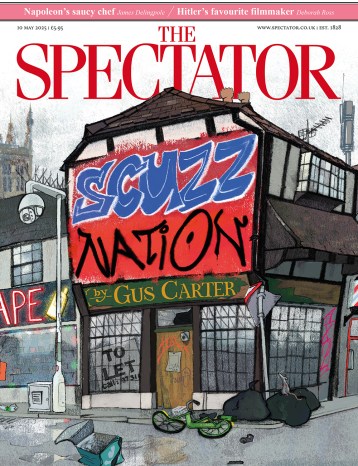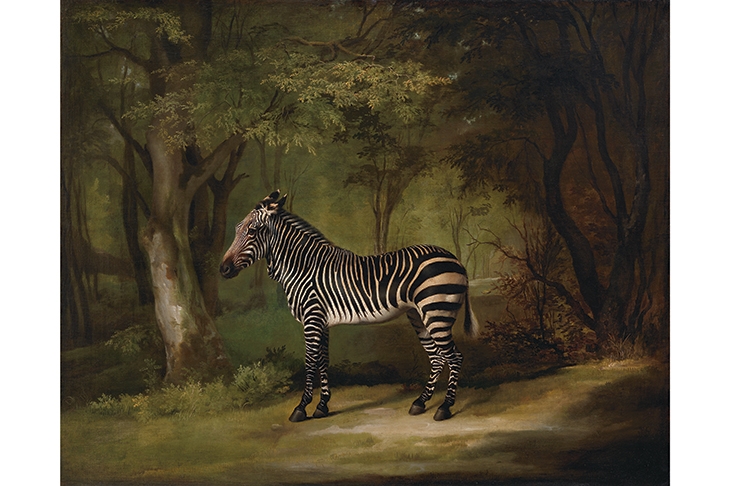There’s no avoiding the Britishness of British art. It hits me every time I walk outside and see dappled trees against a silver-grey cloud that looks like it was painted by Thomas Gainsborough, or look in the mirror and feel the same gooseflesh anxiety as I do when I see a portrait by Lucian Freud.

Disagree with half of it, enjoy reading all of it
TRY A MONTH FREE
Our magazine articles are for subscribers only. Try a month of Britain’s best writing, absolutely free.
Already a subscriber? Log in






Comments
Join the debate, free for a month
Be part of the conversation with other Spectator readers by getting your first month free.
UNLOCK ACCESS Try a month freeAlready a subscriber? Log in